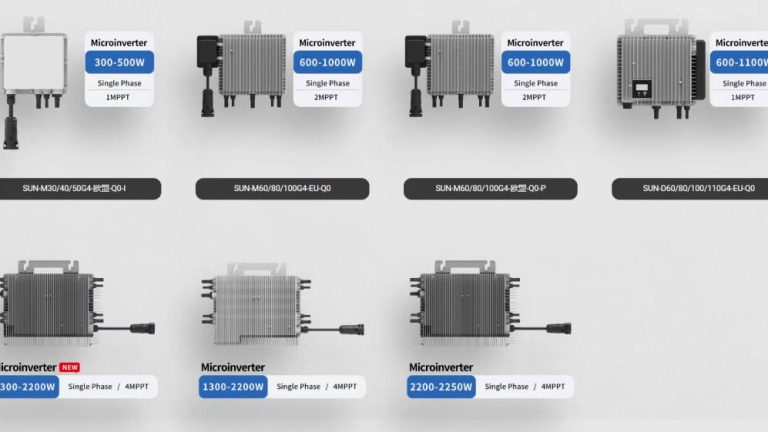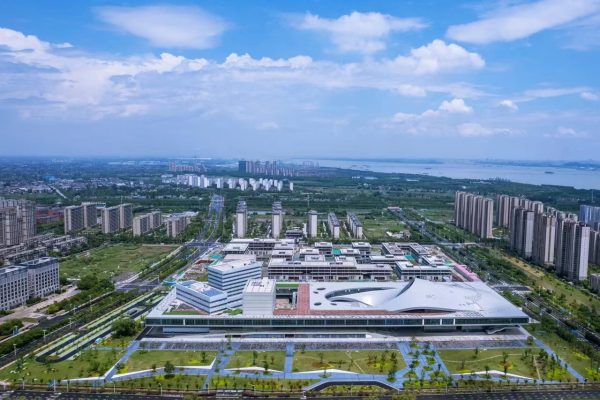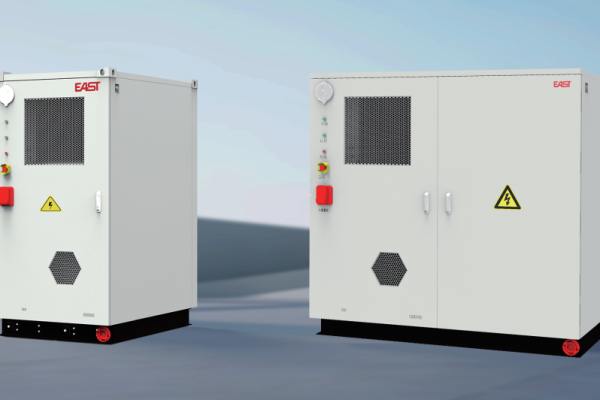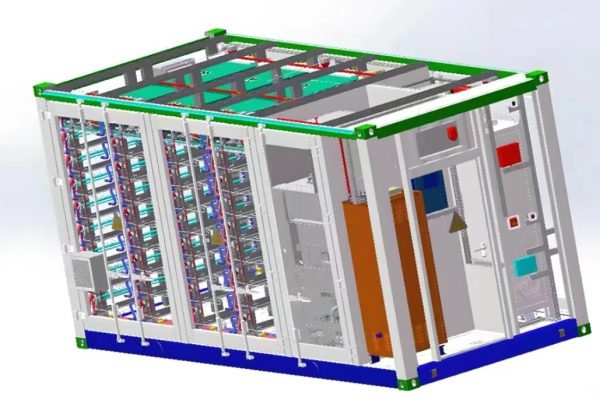Understanding How Your System Decides What Power Goes Where — and Why It Matters
Introduction: Why Load Priority Settings Matter in Small Storage Systems
Imagine this: you’ve installed a hybrid solar + storage system in a guesthouse or a small office. The sun is shining, batteries are charged, but suddenly a spike in demand trips the system, or critical loads go offline while non-essential loads keep running.
This isn’t just bad system design — it’s a misunderstanding of how hybrid inverters manage load priorities.
Whether you’re an installer, distributor, or system buyer, understanding this concept is key to:
- Ensuring reliable backup for essential devices
- Maximizing solar self-consumption
- Preventing overloads or blackouts
- Making better use of limited battery capacity
In this article, we break down how hybrid inverters prioritize loads — and how you can configure them for better performance.
1. What Is Load Priority in a Hybrid Inverter?
A hybrid inverter controls multiple energy sources — PV, battery, grid, and generator — and multiple destinations — loads, batteries (charging), and the grid (export).
Load priority refers to how the inverter decides:
- Which loads receive power first
- Which source powers them (PV, battery, grid, generator)
- What happens when power is limited or demand spikes
This decision-making process is often governed by:
- Default logic built into the firmware
- User-configurable settings via app, LCD, or monitoring portal
- External control signals (e.g. smart load relays, EMS)
2. Typical Load Priority Logic in Hybrid Inverters
Most modern hybrid inverters follow a similar logic when multiple energy sources and loads are active:
During the Day:
- PV powers the load directly
- Excess PV charges the battery
- If both are satisfied, PV exports to grid
- Grid steps in only if PV and battery can’t meet demand
At Night or Low PV:
- Battery powers the load
- If battery is depleted or hits low cut-off:
→ Grid or generator powers the load - If grid is unavailable, and battery is low:
→ Load shedding or blackout may occur
This flow may seem simple, but it gets more complex when:
- Loads are split into critical vs. non-critical circuits
- Batteries have SOC thresholds
- Time-of-Use (TOU) pricing influences behavior
- User settings override defaults
3. Load Port Separation: Critical vs. Non-Critical Loads
Many hybrid inverters come with two AC output ports:
- AC Out 1 – for critical loads (lights, refrigeration, communications)
- AC Out 2 – for non-critical loads (washing machines, EV chargers, air conditioning)
You can assign priority like this:
| Condition | Load Port Behavior |
|---|---|
| Battery Low | Power AC Out 1 only |
| Grid Down | AC Out 1 stays on, AC Out 2 may drop |
| Solar Available | Both loads powered, depending on generation |
| Generator On | Often both ports powered |
💡 Tip: If you don’t separate loads into distinct circuits, you may lose fine control over how power is allocated.
4. Configurable Load Priority Settings: What You Can (Usually) Adjust
✅ Battery Use Priority
- PV → Load → Battery → Grid
- Or: PV → Battery → Load → Grid
- Can also set SOC reserve (e.g. stop discharging battery below 30%)
✅ Grid Charging Schedule
- Allow battery charging only at night
- Block grid charging during peak tariff periods
✅ Backup Cut-Off Threshold
- Define which SOC triggers load shedding
- Prioritize power to AC Out 1 if battery drops below threshold
✅ TOU (Time-of-Use) Strategy
- Discharge battery during expensive grid hours
- Preserve battery during low-tariff periods
Some inverters offer drag-and-drop scheduling via apps; others require RS485/Modbus programming or web portal setup.
5. External Load Control: Beyond the Inverter Itself
For advanced installations, load control is done through:
- Smart load relays that open/close based on SOC, PV availability, or time
- Contactors controlled by dry-contact output on inverter
- EMS (Energy Management Systems) with logic-based dispatching
This is especially useful when:
- You want to prioritize irrigation pumps, compressors, or EVs only at peak solar hours
- The battery is small and must serve only critical circuits
- Loads vary seasonally or by day of week
🧠 Example Logic:
If SOC < 40% and PV < 2kW → disconnect HVAC
If SOC > 70% and PV > 3kW → activate water heater
6. Real-World Scenarios and Best Practices
Scenario A: Rural Guesthouse with Limited Battery
Solution:
- Assign lights, fans, and POS system to AC Out 1
- Assign water heater and AC to AC Out 2
- Set backup SOC limit at 40%
- Enable TOU-based discharge only between 6–10pm
Scenario B: Office Using Battery to Reduce Grid Costs
Solution:
- Prioritize PV to load
- Discharge battery during grid peak tariff window (e.g. 1pm–6pm)
- Disable grid charging except during off-peak hours
Scenario C: Off-Grid Farmhouse with Diesel Backup
Solution:
- Load shedding enabled if SOC < 20%
- Generator auto-start enabled via dry contact
- Essential loads stay online regardless of battery status
7. What to Communicate to Clients
As a system designer or supplier, help clients understand the value of load prioritization:
“We configure the system so your essential appliances stay on, even when batteries are low.”
“You don’t need to worry about manual switches — the inverter automatically allocates power based on solar, battery, and time.”
“We can tailor the behavior to your usage: store energy during the day, use it during expensive grid hours.”
Most clients don’t care about inverter specs — but they care deeply about reliability, autonomy, and power availability. That’s what good load priority logic delivers.
8. Common Mistakes to Avoid
🚫 Not separating critical and non-critical loads
You lose control if all loads are on one circuit.
🚫 Setting battery discharge to zero during blackouts
Will cause loads to shut off unless grid/generator is present.
🚫 Allowing grid charging at high tariffs
Wastes stored energy and adds cost.
🚫 Leaving default logic unchanged
Each project has unique needs — configure accordingly.
Conclusion: Smart Load Prioritization = Smarter Systems
Your inverter doesn’t just convert power. It manages limited energy across competing loads. A well-configured hybrid inverter ensures:
- Greater uptime for essential circuits
- More savings from solar and battery
- Less generator runtime
- Higher end-user satisfaction
As a system buyer or integrator, don’t treat load priority as a technical afterthought — it’s a practical value-add your clients will notice from day one.









